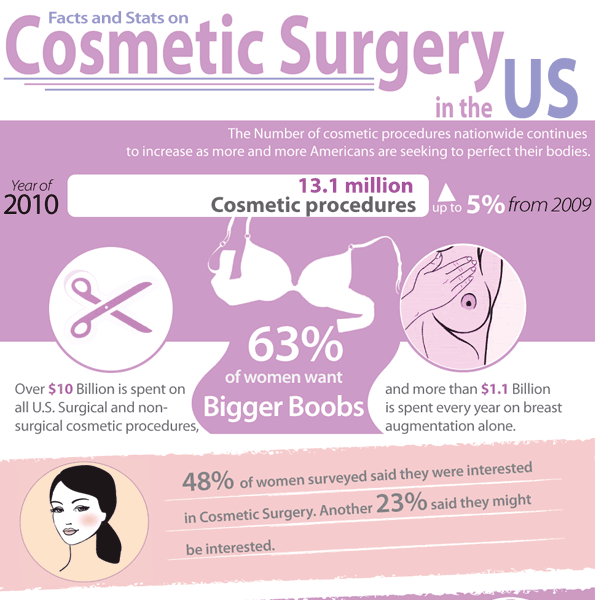Hormonal acne is characterized by clogged pores and oily skin that typically shows up on the chin and jawline. It happens when hormonal changes cause swelling and bacterial overgrowth within hair follicles.
Breakouts may appear as whiteheads, blackheads, papules or pustules and cysts or blemishes in a lot more extreme cases. It is more common in teens undergoing adolescence however can impact grownups of any type of age.
What Creates Hormone Acne?
While acne can be brought on by a selection of variables, including using hair and skin care products that aren't oil-free or made with ingredients that could clog pores, genetic predisposition, diet,2 and stress, the root cause is varying hormones. Hormonal acne occurs when the body experiences hormonal changes and fluctuations that lead to an overproduction of sebum, which causes inflammation, increased growth of bacteria and changes in skin cell activity.
Hormone acne is usually located on the reduced jawline, cheeks and neck yet can show up anywhere on the body. It is defined by acnes that are cystic, uncomfortable and full of pus or other material. It is also more likely to occur in females than males, particularly during adolescence, the menstrual cycle, pregnancy or menopause.
Age
While many children experience acne at some time throughout adolescence, it can continue to afflict adults well into the adult years. Called hormone acne, this type of breakout is tied to fluctuations in hormonal agents and is commonly most usual in ladies.
Hormonal acne occurs when oil glands produce too much sebum, which obstructs pores and catches dead skin cells. This causes the formation of blemishes, such as whiteheads, blackheads and papules, pustules, cysts or blemishes, deep under the surface area.
This kind of acne typically causes discomfort, soreness and swelling. It may also be intermittent and show up around the exact same time each month, such as right prior to your duration starts. This is because degrees of women hormones like progesterone and oestrogen rise and fall with each menstruation.
Menstrual Cycle
Hormonal acne commonly shows up in the lower part of your face, along the jawline and cheeks, as whiteheads, blackheads or inflammatory pimples (acnes and cysts). It's most likely to appear around the moment when your menstruation changes.
Specifically around ovulation, when estrogen and progesterone degrees are on the rise, hormonal agent changes can cause outbreaks. But it's also feasible to get acne at any factor during your 28-day menstrual cycle.
If you see that your hormone acne flares up right prior to your duration, try seeing when precisely this occurs and see if it relates to the phases of your 28-day menstruation. This will aid you identify the root causes of your skin problems. For instance, you may intend to deal with balancing your blood sugar level and eliminating high-sugar foods, or consider a prescription drug like spironolactone that can control your hormonal agents.
Pregnancy
Growing a child is a time of remarkable hormone modifications. For many females, this includes a flare-up of hormone acne. This kind of breakout normally begins in the initial trimester, around week six. It's brought on by hormone rises that promote sebaceous glands to make even more oil, which can clog pores and create more bacteria to develop.
Breakouts might also take place as a result of pre-existing conditions like polycystic ovary syndrome, which can additionally be an issue while pregnant and menopause. Likewise, some sorts of birth control pills (such as Ortho Tri-Cyclen and YAZ) can trigger hormone acne in some women.
The good news is, many acne treatments are "no-go" for expectant women (consisting of prominent acne-fighting active ingredients such as isotretinoin and spironolactone). However if you can not avoid those aggravating bumps, your physician might prescribe dental erythromycin or cephalexin, which are safe while pregnant.
Menopause
As women approach menopause, the estrogen degrees that caused their hormonal agent acne to flare up during the age of puberty begin to maintain and decrease. At the same time, nevertheless, a spike in androgens (also referred to as male hormonal agents) occurs since these hormonal agents can't be exchanged estrogen as effectively as previously.
The unwanted of androgens can set off oil manufacturing by the sweat glands, which clogs pores. When the stopped up pores become irritated and aggravated, a pimple forms.
Hormone acne is commonly seen on the face, particularly around the chin and jawline, yet it can take place on the neck, back, shoulders, or chest. This kind of acne often tends to flare up in an intermittent pattern, comparable to the menstrual cycle. Tension, which raises cortisol and throws hormones out of microdermabrasion equilibrium, additionally contributes to the breakouts.
